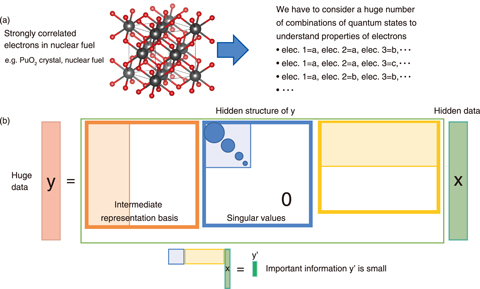
Fig.9-10 Schematic of sparse modeling approach
Many properties of a material are a result of differences in the behavior of its electrons. In particular, materials such as high-temperature copper-oxide superconductors and heavy element compounds including uranium are called strongly correlated electron systems, in which electrons interact strongly. Understanding the behavior of a large number of interacting electrons is one of the most important issues in modern physics, but modeling the quantum mechanics of many electrons (quantum simulation) is extremely computationally intensive due to the large number of electronic states. Even with the latest supercomputers, the accurately reproduction of properties in strongly correlated electron systems is difficult (Fig.9-10(a)). Furthermore, the large dataset obtained makes it difficult to extract meaningful physical quantities that could be compared with experimental data.
Therefore, artificial intelligence (AI) technology that has been rapidly developing in the field of computational science was used. As AI technology generally handles large amounts of data for a small amount of important information, a method to extract only that important information, sparse modeling, was developed. Here, the important information was extracted from a large dataset using an AI technology for quantum simulation known as dynamical mean field theory with the exact diagonalization (DMFT-ED).
In DMFT-ED, if a system size becomes large, the amount of calculation data increases. Large systems used for investigating physical phenomena can incur exceedingly high calculation costs. A new data expression method, intermediate expression, was therefore introduced to represent a large matrix as a product of matrices whose elements are almost zero in a process known as singular value decomposition. Then, only important information can be extracted. Application of this method indicated that the important information of any size model can be represented by at most a dozen numerical values (Fig.9-10(b)). From this result, even with models that have been considered impossible to calculate using conventional methods, the calculation cost can be greatly reduced.
By reducing the computational cost, complex models reflecting the electronic structure of heavy element compounds such as uranium compounds can be handled, thus allowing various physical properties of these materials to be clarified.
This study was supported by the Japan Society for the Promotion of Science (JSPS) KAKENHI Grants-in-Aid for Scientific Research (C) (No.18K03552), (No.18K11345), and Grant-in-Aid for Scientific Research on Innovative Areas (Research in a proposed research area) (No.18H04228).
<Previous: 9-4 | Next: 10 Development of Science & Technology for Nuclear Nonproliferation>